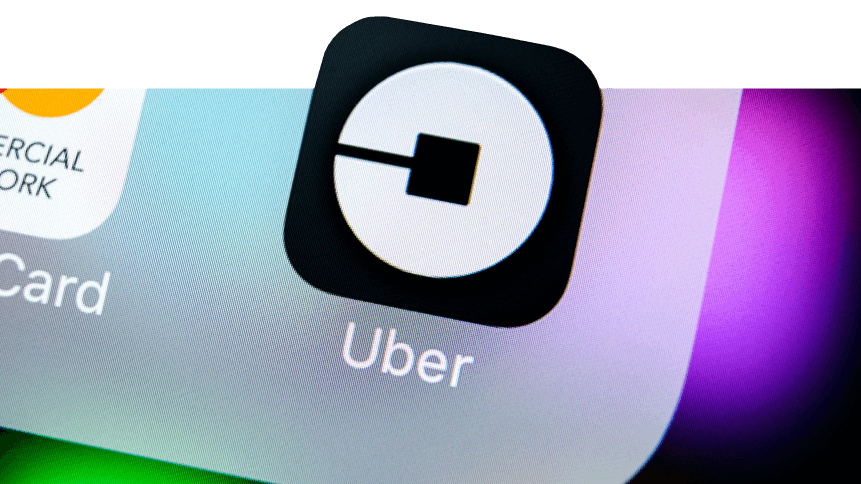The traits that make a successful CXO

In an age of online convenience— championed by the likes of Uber, Deliveroo, and Netflix— user experience (UX) now determines whether your business prospers, or just survives.
READ NEXT

CIOs face a tight IT job market
Seventy-five percent of people now base a company’s credibility on their website; how it looks, feels and responds to the customer journey. You can also expect five times more mobile users to abandon a task if it’s not optimized for their device.
The weight of importance on good customer experience today is leading many companies to consider a designated Chief Experience Officer (CXO).
This individual is tasked with driving the enterprise’s UX growth. That includes overseeing UX across all sectors where a customer comes into contact with a brand, including marketing, mobile applications, social media, related technologies and web-based management.
With that in mind, and overall UX the CXO’s focal point, they must be polymathic individuals; creative, strategic, efficient, cost-aware, in order to both fight for and inspire a successful customer-first approach across all aspects of the business.
It comes as no surprise then that the role is one of the hardest to fill. Research by Janco Associates finds that even with a starting salary that can exceed US$175K, the CXO remains one of the most elusive hires to make.
Talking to companies looking to recruit for this role, Janco found that most common challenges faced is a lack of a “crisp and concise” job description which captures the broad and diverse remit of the emerging role.
“We have found that only 10% of all organizations have a CXO position in place and staffed,” said Mr. M. Victor Janulaitis, Janco Associates’ CEO. “Many other are looking to create the position to address the needs of the new digital marketplace and are hampered by the lack a clear definition of roles and responsibilities.”
The issue is compounded by a lack of candidates with the rare but necessary combination of skills required for the ambitious undertaking. Since the role is still relatively new to the boardroom, there are few directly experienced individuals on the market, making the hiring process that more difficult.
According to Janulaitis, there are five key traits and skills that recruiters should look out for when hiring for the CXO position, which go some way to showing why the CXO recruitment process can pose such a challenge.
YOU MIGHT LIKE

C-levels most vulnerable to cyberattacks, finds Verizon
# 1 | Inspirational leaders
In order to drive action among people through the company, among various departments, CXOs must “spark energy, excitement and action” among their team.
UX needs oversight, but it also needs talented actors with a range of skills. Getting them on-side requires good leadership skills, and the passion to inspire everyone about the end goal of optimized UX.
# 2 | Visionary doers
The CXO must be ready and able to take the “raw material” of the company’s capabilities and shape them into a world-class user experience.
Companies actively seeking a CXO will not be the finished article, but the advantage is they will be aware that they can do better with what they’ve got to appeal to customers. The CXO should be able to assess the current UX of a company and determine a strategy to enhance and connect all customer-facing aspects.
# 3 | Unifiers
In a thriving business, not every staff member will be in a ‘customer-first’ mindset around the clock— not everyone will necessarily need to be.
It’s the CXO’s job to ensure a cohesive and underlying culture of user-centricity in all business functions, educating and inspiring their team about the competitive advantages of having UX front of mind. The CXO will then be tasked with joining together various elements of operations in order to achieve a cohesive, customer-pleasing theme.
# 4 | Fighters
Putting customers, or CX, first means other pressing aspects of business will need to either take a step down the priority list or will need to be reevaluated for their impact on CX.
This can be a disruptive process, so CXOs shouldn’t expect things be straightforward. They will need to be forceful in their approach, fighting for the needs, wants and desires of customers— making sure that each individual guest receives value. In many cases, acquiring the foothold they need to ensure this will require persistence and strong negotiation skills.
# 5 | Transformation drivers
Tying all these attributes together, the CXO will be ready to drive the transformation of the enterprise into a new and world-class UX offering.








